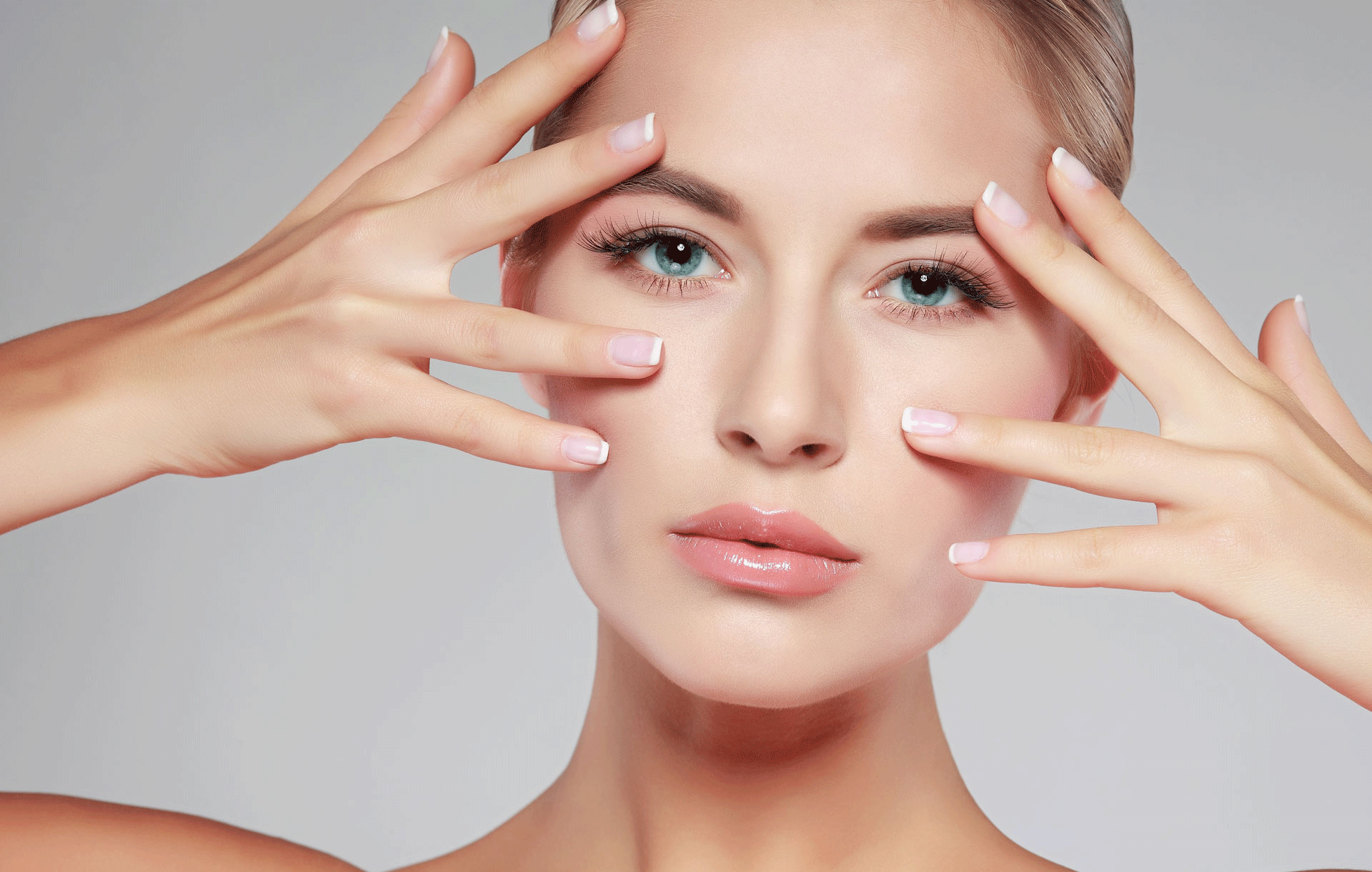
5 ways to Lift Hooded Eyes
Hooded eyes, medically known as ptosis, can be described as saggy and/or excessive skin that removes the appearance of an upper eyelid crease. Typically, a benign diagnosis can have an impact on your daily life whether in vision disruptions or in always having a tired or aged appearance. Hooded eyes are typically congenital, meaning they can be a familial trait, or they are a sign of aging. There is a secondary diagnosis of ptosis that can cause drooping of the eyelid whether from a more serious medical condition, side effects of certain treatments or medication, or aging. In this article, we are going to focus more on treatments for reducing the appearance of hooded eyes which would work for ptosis too.
Treatments can range from surgical to injectables to esthetic measures. The most important part to remember is to research thoroughly the risks and benefits of the treatment you want as well as the provider. Seeing before and after photos as well as having a thorough consultation is crucial to determining if the provider or treatment is right for you.
MAKEUP
Using different styles of makeup applications can add a lifted appearance to the eyes. By using lighter colors in the creases, cutting down on shimmers, and using one’s eyebrow shape to lift the eye area. The drawback to this is that makeup is a “unicorn” for some, it only works for mild cases, and some do not wear makeup.
“Botox is a non-invasive way to lift the eyelid by relaxing the muscles around the eye that then gives a raised appearance to the eyelid.”
[ihc-hide-content ihc_mb_type=”show” ihc_mb_who=”2,4,5,6,7″ ihc_mb_template=”3″ ]
BOTOX AND FILLERS
Botox is a non-invasive way to lift the eyelid by relaxing the muscles around the eye that then gives a raised appearance to the eyelid. The results can be seen almost immediately but take full effect within a week. Results can last anywhere from 3 to 6 months. You can use fillers as well in the tear troughs to add a more youthful appearance by filling in the hollows created by having deep-set eyes. Filler can last longer in the face as the molecule size is larger; anywhere from 6 to 12 months.
RADIOFREQUENCY AND LASERS
Radiofrequency is going to be the milder of all the treatments. This treatment would be used on the younger population or the aging. The radiofrequency can help tighten the surrounding skin as well as muscles responsible for a lifted appearance. Similarly, lasers can tighten the surrounding skin and stimulate collagen and elastin production. The laser best suited for this type of treatment is CO2 ablative laser. It has more downtime but, in a series, can give the face a more lifted and youthful appearance by removing the top layers of skin and penetrating deeper into the dermis. Downtime for the CO2 laser is a little longer, and there is significant peeling in the healing stages correcting itself in 2 to 4 weeks.
THREAD LIFT
Thread lifts are publicized as mini facelifts and can be used all over or in more specific areas of the face. Eyebrow thread lifts involve dissolvable threads being strategically placed in the correct layer of skin with a needle and lifted upward, acting as an anchor. This creates an immediate lift to the eyebrow area as well as, adding support for the upper eyelid. Just as the procedure is minimally invasive the downtime is very minimal. It can be done under a local anesthetic and side effects are similar to injections, swelling, bruising, and tenderness.
BLEPHAROPLASTY
Upper lid blepharoplasty is the surgical option for the treatment of hooded eyes. Once assessed for hooded eyes, this procedure can be done under a local anesthetic or in twilight-like sedation. The area is marked in the natural shape of the eye to indicate the amount of skin needing to be removed. The provider then makes the incision removing this marked strip of sagging, excess skin. Sutures are then put in place creating a lift. The healing process for this procedure takes about a month. Sutures typically are removed in 7 to 14 days, contingent on how long one holds on to a bruise, everything can be back to normal at 4 weeks.
[/ihc-hide-content]












